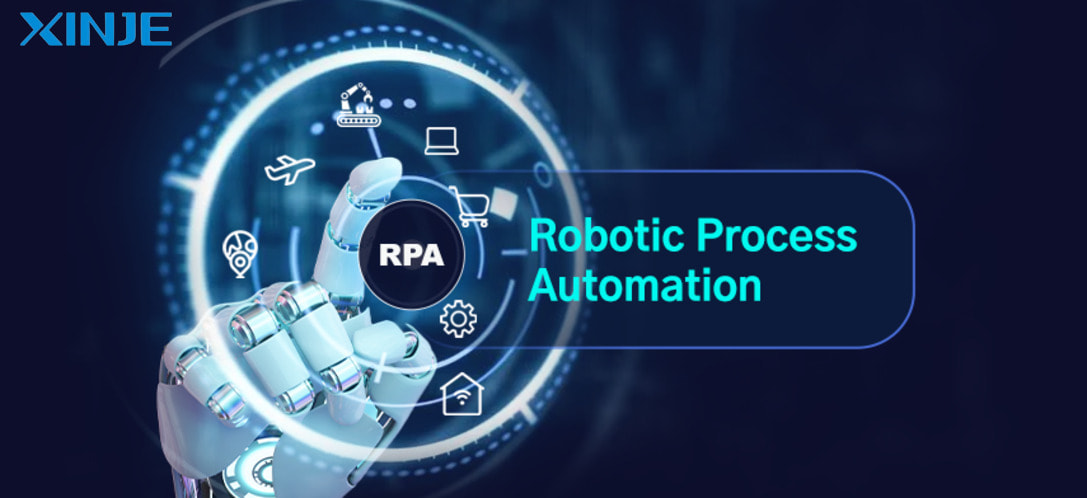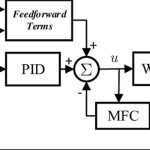Robotic Process Automation (RPA) is becoming an important solution to help businesses optimize performance and save costs. With the ability to automatically perform repetitive tasks such as data entry, data processing or report generation, RPA increases work speed and minimizes errors. However, is this technology a universal key for all industries? Let’s explore the advantages, disadvantages, and applications of RPA in the article below!
What is Robotic Process Automation (RPA)?
Robotic Process Automation (RPA) is a form of technology that uses “BOT” software to perform tasks across various applications. This technology often automates repetitive human tasks by combining advanced technology and digital software. According to Aaron Bultman – Product Manager at NINTEX, “RPA bots can simulate most human-computer interactions to perform a variety of tasks without errors, at high volume and speed”.
With the ability to work automatically and bring high accuracy, RPA is widely applied in industries such as automobile manufacturing, healthcare, logistics and transportation, … helping businesses optimize production processes, save costs and enhance user experience. According to Grand View Research, the global RPA market is expected to reach nearly 15 billion USD by 2030, demonstrating the strong growth potential of this technology.
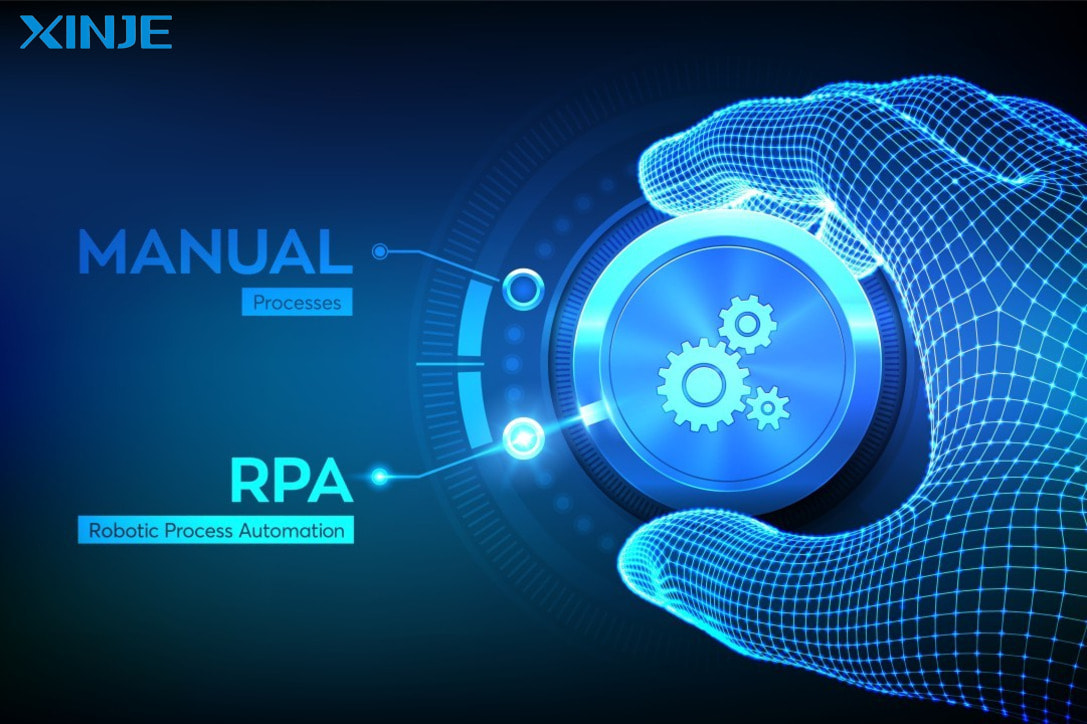

How many types of RPA are there?
- Attended RPA:
Robots work alongside users and provide direct assistance in tasks that require interaction, such as handling customer requests or checking documents. Triggered by specific actions from the user, such as clicking or typing.
- Unattended RPA:
Robots operate completely autonomously without human intervention. These BOTs are usually pre-planned and triggered by a specific event or run at predetermined times (daily, hourly, etc.). Thanks to their high level of automation, businesses can use them to replace human computer tasks, helping to reduce staffing or transfer resources to other valuable tasks.
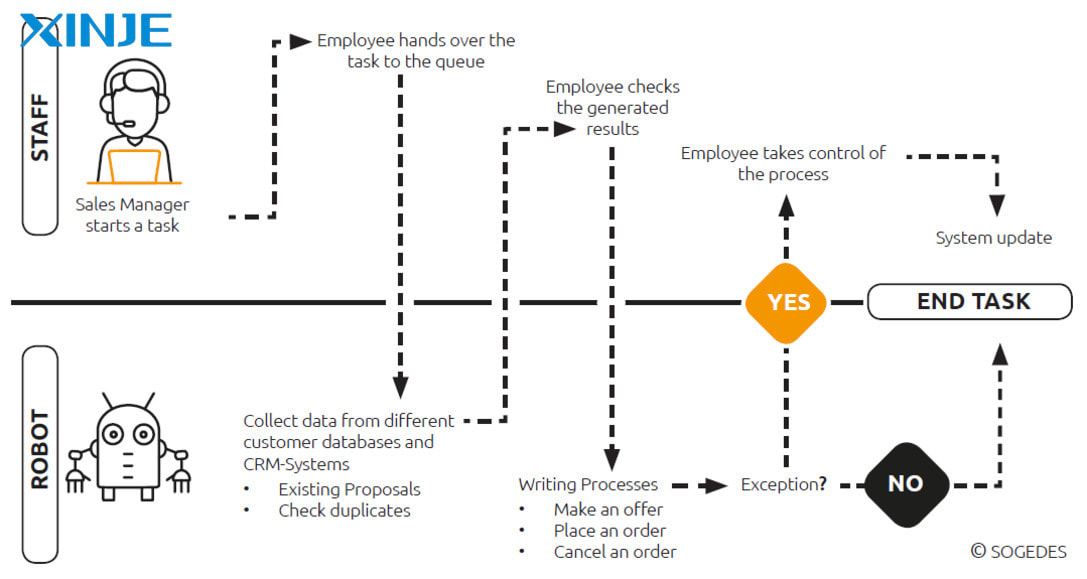

- Traditional RPA
This is a software program used for simple tasks that do not involve decision-making. Traditional RPAS uses fixed rules to automate specific tasks without artificial intelligence. It works based on simulated operations such as copy/paste, and data entry.
- Cognitive RPA
Compared to other types of RPA, Cognitive RPA is a more advanced form of RPA because it is capable of recognizing images, text, and human speech. These BOTs combine artificial intelligence (AI), machine learning, and natural language processing (NLP) to perform more complex tasks. They are capable of learning from data and improving themselves over time.


- Hybrid RPA
Hybrid RPA is a combination of Attended RPA and Unattended RPA to take advantage of both, automating both back-office and front-office operations. It allows employees and robots to work synchronously in a single process. The biggest advantage of Hybrid RPA is to overcome the limitations of Attended RPA & Unattended RPA while enhancing human cognitive capabilities for BOT.


- API-driven RPA
This is a specialized automation method that allows BOTs to integrate directly with external applications through APIs instead of manipulating the user interface (UI). This method is considered a reusable, secure means of transmitting and receiving data. API-driven RPA is faster and more stable because it eliminates interface dependencies.
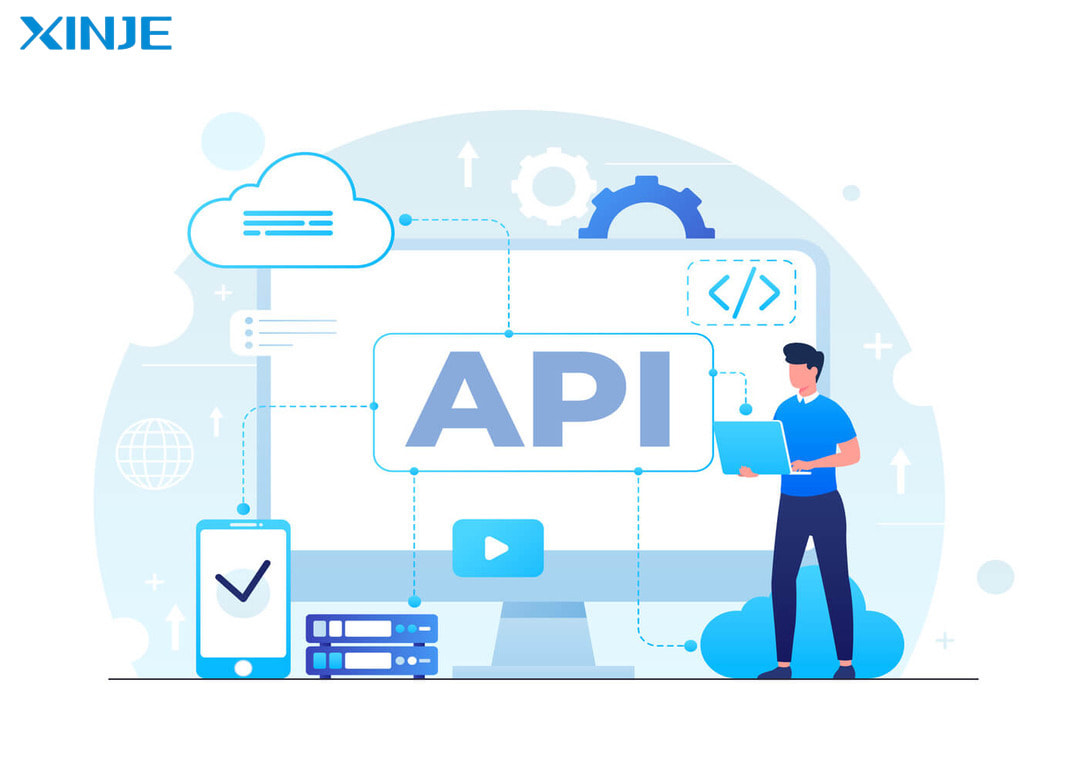

Each type of RPA offers a distinct solution suitable for different needs. Enterprises should carefully consider the type of process, workload, and automation goals to choose the most suitable type of RPA, thereby maximizing benefits and improving operational efficiency.
What are the advantages and disadvantages of RPA?
Advantages
- Increased productivity: RPA can operate 24/7 without downtime, ensuring processes are performed continuously.
- High accuracy: Robots operate based on pre-programmed rules, eliminating human errors (such as incorrect data entry). This ensures high accuracy in complex tasks such as calculations or data processing.
- Easy to integrate with existing systems: RPA operates on a user interface (UI), so it can be applied to existing software without upgrading.
- Long-term cost savings: RPA reduces the workload for employees, so personnel can be allocated to other departments that require human participation.


Disadvantages
- Limitations for complex processes: Not suitable for processes that require creativity, judgment, or handling unstructured data.
- Difficult to scale: According to a Forrester report, 52% of customers said they had difficulty scaling their RPA program.
What is the difference between workflow automation and RPA?
Similarly
- Both aim to automate business processes to increase productivity, reduce errors, and save costs.
- Both focus on processes that are repetitive, have clear rules, and do not require much human judgment.
Different
| Workflow Automation | RPA Automation | |
| Scope of Automation | Automation of entire business processes, suitable for streamlining a series of related tasks. | Suitable for discrete, repetitive, rule-based tasks such as data entry. |
| Complexity | Typically more complex, may involve multiple systems, applications, and data. | Simpler, focused on specific tasks, and can be easily deployed. |
| Flexible | More flexible, can adapt to many different types of processes. | Flexible, can adapt to many different types of processes. |
| Human Interaction | Users must make decisions for complex tasks or special cases. | Minimize human intervention |
| Related Technology | Often relies on process management tools such as BPM. (Business Process Management). | Incorporate artificial intelligence (AI) or machine learning to enhance automation. |
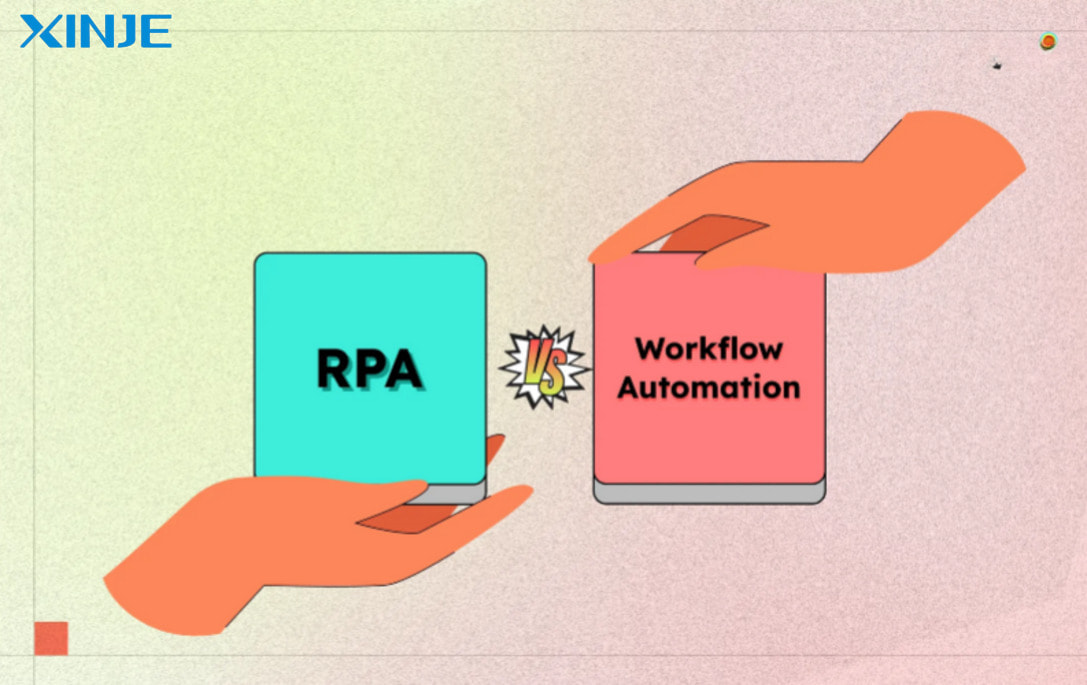

Conclusion
RPA is not only a trend but also an essential solution for modern businesses. With its effective automation capabilities, RPA brings a clear competitive advantage, especially in the context of increasing digitalization. Consider implementing RPA to improve productivity, save costs and promote innovation in your business!

